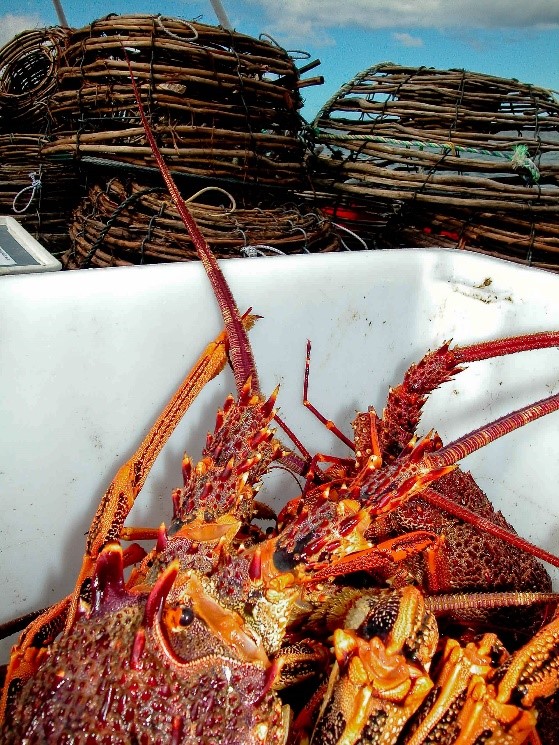
There are no simple solutions for managing the shared East Coast rock lobster fishery but a recent IMAS study provides options that could help resource managers and the recreational and commercial sectors achieve ecological, social and economic gains for the fishery.
Project leader, Associate Professor Jeremy Lyle said the study showed that recent management adjustments to the fishery will not constrain the combined recreational and commercial catch enough to achieve the East Coast Stock Rebuilding Strategy aim, to rebuild stocks to at least 20% of the unfished biomass by 2023.
“To rebuild the East Coast stock, we need to accept that further management intervention is unavoidable,” Associate Professor Lyle said.
“For example, managing recreational catch to the catch-share target level using the current approach is already difficult. It will only become more challenging as stocks rebuild, and higher catch rates attract increased effort and overall catches for the sector.
 “Meanwhile, for the commercial sector, the east coast catch has been significantly and effectively reduced by capping the region’s catch.
“Meanwhile, for the commercial sector, the east coast catch has been significantly and effectively reduced by capping the region’s catch.
"But this acts as a competitive catch limit which, as catch rates improve, is likely to influence fleet dynamics by intensifying the ‘race’ to take the limited catch.”
Funded by the Fisheries Research and Development Corporation, the study looked at the relationships between lobster catch rates, and the number of recreational fishers and their total effort. Attitudes to various management options and aspects of fisher compliance behaviour were also assessed.
“Recreational fishers were strongly opposed to further reducing the daily bag limit, which is currently two lobster off the east coast, but were more supportive of the concept of individual season catch limits, which would share the catch more equally between recreational fishers,” Assoc Prof Lyle said.
(Image left: Scott Ling)
The study also modelled the effectiveness of alternative management scenarios that would provide additional opportunities for recreational fishers as stocks rebuild. In addition, the impact on commercial fleet dynamics and fishing effort were modelled, and the costs and benefits of short- and long-term management options for the fishery were evaluated.
Associate Professor Lyle said several observations from this study could assist future decision-making. “Of the more traditional management approaches, reducing the season length is likely to be effective in constraining recreational catches. However, any further reduction would need to be substantial to achieve the recreational catch target.
“Alternative management approaches, such as a maximum season catch limit for individuals or in-season catch monitoring combined with a catch-cap, could be considered for the recreational fishery,” he said.
“Monitoring could be through catch-tags and mandatory catch reporting via an app or based on survey methods, with the season closed when the recreational catch limit is reached, in much the same way as the commercial catch-cap is managed.
“Another strategy would be to adjust the east coast catch-share split between sectors. Any re-allocation of a higher catch-share proportion to the recreational sector would ease the regulatory burden on the sector, but measures to effectively monitor and constrain the catch would still be necessary.”
While the current East Coast Stock Rebuilding Strategy ends in 2023, this study will inform development of the next phase in managing the east coast Rock Lobster fishery.